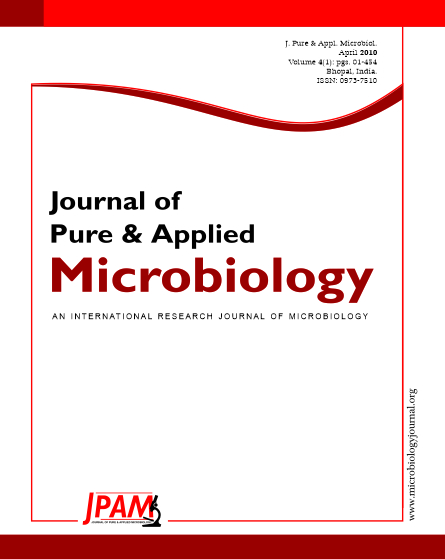In the present study, the effects of gamma irradiation of P. longum root was carried out at dose levels of 0, 2.5, 5.0, 10.0, 20.0, and 25.0 kGy. The dose of 2.5 kGy reduced microbial load by 2 log cycles. However, complete sterilization was achieved at 10.0 kGy. The un- irradiated and irradiated powdered P. longum root were extracted by hexane, chloroform, acetone and methanol. The results showed that the extraction yields increased with an increase in irradiation dose for all the test solvents. The antimicrobial activity was performed by using agar well diffusion assays against Escherichia coli, Pseudomonas aeruginosa, Salmonella typhi, Staphylococcus aureus, Bacillus cereus, Enterococcus faecalis, Candida albicans and Saccharomyces cerevisiae. Of the various extracts the methanol extract showed the prominent activity against microorganisms used in this study. The minimum inhibitory concentration (MIC) values were determined by tube dilution method. No significant change was observed in the antimicrobial activity and minimum inhibitory concentration after gamma irradiation at different doses. The alteration in the phytoconstituents after gamma irradiation was analyzed by HPTLC. The results showed that the gamma irradiation can be considered as an available and useful sterilization technique without any undesirable effect on phytoconstituents of P. longum root.
Gamma irradiation, Piper longum, Microbial decontamination, Antimicrobial activity
© The Author(s) 2010. Open Access. This article is distributed under the terms of the Creative Commons Attribution 4.0 International License which permits unrestricted use, sharing, distribution, and reproduction in any medium, provided you give appropriate credit to the original author(s) and the source, provide a link to the Creative Commons license, and indicate if changes were made.


